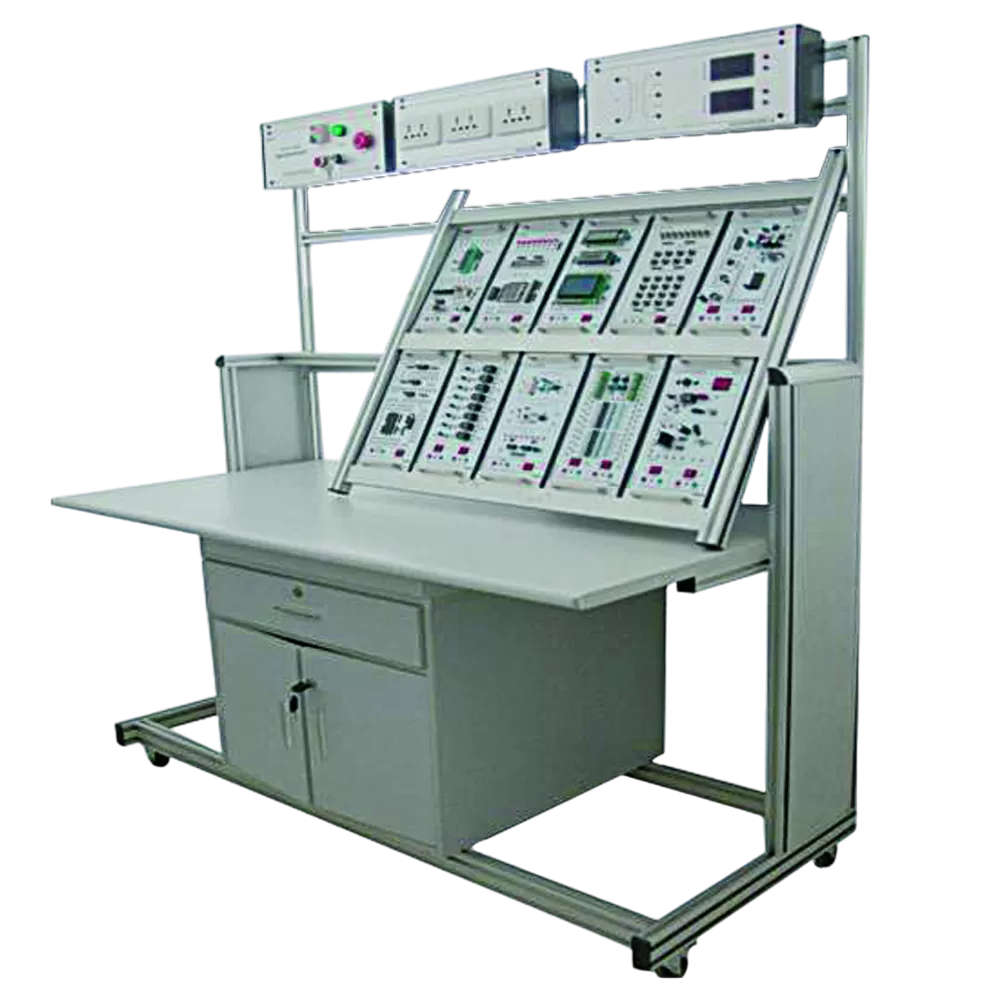Understanding Didactic Training Equipment
Didactic training equipment consists of specialized tools and resources that are intended to support hands-on learning experiences. These instruments are widely utilized in educational settings and training facilities to improve practical skills development.
Significance of Didactic Equipment in Contemporary Education
Interactive learning is a cornerstone of modern educational methodologies. Didactic equipment serves as a crucial link between theory and practice, providing students with valuable real-world experience.

Main Advantages
Improved Learning Results: Interactive tools enhance student engagement compared to traditional instructional methods.
Skill Acquisition: Provides practical experience in technical and vocational disciplines.
Alignment with Industry: Ensures that learners are equipped for the workforce by reflecting current industry standards.
Varieties of Didactic Training Equipment
1. Electrical and Electronics Kits
These kits offer a fundamental understanding of circuits, wiring, and electronic devices. Common examples include:
2. Mechanical Training Systems
These systems are ideal for grasping mechanical operations and include:
3. Virtual Simulators
Simulators create virtual replicas of real-world environments, allowing learners to practice complex tasks. Notable applications include:
4. Laboratory Equipment
Well-equipped laboratories facilitate safe experimentation for students. Examples include:
Guidelines for Selecting the Appropriate Didactic Equipment
Assess Curriculum Requirements
Select equipment that aligns with your educational goals. For example, engineering programs may need both mechanical and electrical systems.
Prioritize Quality and Durability
Investing in high-quality equipment is crucial for ensuring longevity and reliable results.
Consider Safety Protocols
Safety should always be a priority. Ensure that the equipment has the necessary certifications and integrated safety features.
Think About Scalability
Choose modular equipment that can be expanded or upgraded as your training requirements evolve over time.
Leading Brands in Didactic Equipment
Several manufacturers are recognized for providing dependable solutions:
Festo Didactic: Renowned for its pneumatic and hydraulic training products.
Edibon: Specializes in tools for technical and vocational education.
Lucas-Nülle: Offers a variety of electrical training systems.
Maintenance Recommendations for Didactic Equipment
Conduct Regular Inspections: Regular checks can help identify wear and tear early on.
Adopt Proper Storage Practices: Keep tools in clean, dry areas to avoid deterioration.
Follow Manufacturer Maintenance Guidelines: Stick to the recommended maintenance schedules for optimal performance.
The Future of Didactic Training Equipment
With advancements in technology, there is an increasing integration of AI and IoT in training tools. Smart laboratories and automated systems are influencing the future of educational practices.
Embracing Innovation
Investing in contemporary equipment ensures that students are equipped for the rapidly changing job market. The use of virtual reality and augmented reality is also becoming transformative for interactive learning.
Final Thoughts
Didactic training equipment is vital for developing skilled professionals. By investing in the right tools and adopting innovative approaches, educators can create impactful learning experiences. Begin enhancing your training programs today with cutting-edge didactic solutions!
For more information, please visit www.dolangeducation.com




Comments
Please Join Us to post.
0